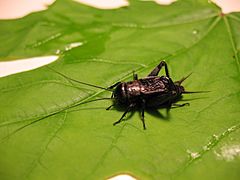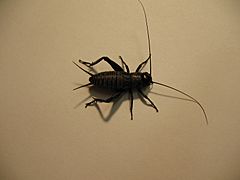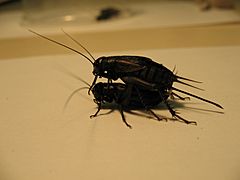Gryllus pennsylvanicus facts for kids
Quick facts for kids Gryllus pennsylvanicus |
|
|---|---|
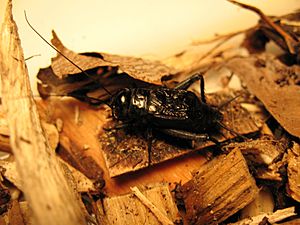 |
|
| A male Gryllus pennsylvanicus | |
| Scientific classification | |
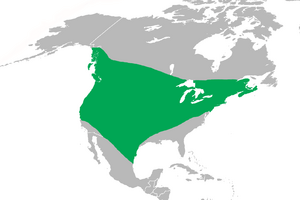 |
|
| Synonyms | |
|
The Gryllus pennsylvanicus is also known as the fall field cricket. This cricket is very common in southern Ontario and can be found across much of North America. It even lives in parts of northern Mexico. However, you usually won't find it in most of the southwestern United States, including southern California. These crickets like to dig burrows in the soil in fields and at the edges of forests. They often live in grassy areas that have been disturbed, and you can frequently spot them near places where people live.
What Do They Look Like?
Adult fall field crickets are about 15 to 25 millimeters (about 0.6 to 1 inch) long. They are usually dark black or dark brown, but some might have a slight reddish color. Their black antennae are typically longer than their body. They have two tail-like parts called cerci that are longer than their head and chest area. Their wings do not reach past these cerci.
Life Cycle and Reproduction
Fall field crickets are most active at night. This is when the male crickets sing to attract females. Their song is made of short chirps, about two to three per second. Each chirp has three to five quick pulses, which happen when the male rubs his front wings together.
Image:Field cricket Gryllus pennsylvanicus.ogg Female crickets are drawn to the male's calling song. They tend to prefer males that sing more, especially when there aren't many crickets around. Studies have also shown that females might be more attracted to the songs of older males. When a male and female cricket pair up, the male is often older than other singing males nearby.
After mating, the female cricket lays her eggs by pushing a special tube called an ovipositor into the soil. A single female can lay around 50 eggs at one time. Over her lifetime, she can lay more than 400 eggs! Eggs laid in the late summer and fall will stay in the ground all winter. They will then hatch the following spring. There is usually only one generation of these crickets each year. Sometimes, as winter gets closer, adult crickets might find their way into houses to try and stay warm through the cold months.
What Do They Eat?
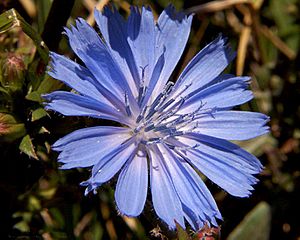
The fall field cricket is an omnivore, which means it eats both plants and animals. They are known to eat seeds and small invertebrates (like insects without backbones). What they eat can change with the seasons, depending on what food is available.
Some of the plants they eat include smooth crabgrass, lamb's quarters, English plantain, switchgrass, common ragweed, and chicory. Even though these crickets are quite large for North America, many animals prey on them. Everything from hawks to hornets will hunt and eat fall field crickets.
Gallery



